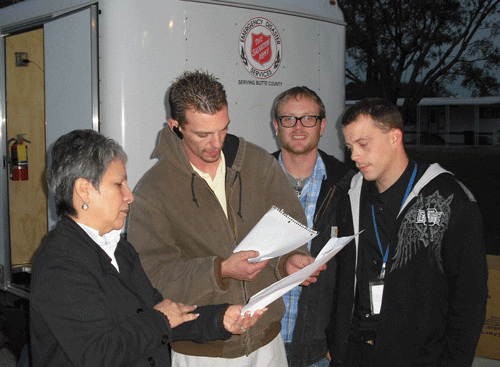Listen to this article
Listen to this article
Loading
Play
Pause
Options
0:00
-:--
1x
Playback Speed- 0.5
- 0.6
- 0.7
- 0.8
- 0.9
- 1
- 1.1
- 1.2
- 1.3
- 1.5
- 2
Audio Language
- English
- French
- German
- Italian
- Spanish
Open text
how do we prepare kids for jobs we can’t imagine yet? teach imagination. when you were a kid, could you, your teachers, or your parents imagine your current job? plenty of us go to work every day in careers that didn’t exist when we were in grade school. how can schools set the next generation up for success when we don’t have a clear picture of what the jobs of the future will be? the growing consensus is that we need to shift schools toward to fostering creativity and conceptual thinking abilities, and a new project called imagination: creating the future of education and work wants to help educators figure out how to do it. the project started in 2007 at the university of louisiana at lafayette, and the two co-directors, rita j. king and joshua fouts, say we’re presently in an “imagination age,” “a time during which humanity must imagine and then create, together, the systems of the new global economy and culture.” the duo actually created a lab to test ways educators can most effectively build imagination and creativity in real teaching situations. instead of simply putting their research on how to foster imagination, creativity, and conceptual thinking into a report, king and fouts decided to create a free, easy-to-use web portal that’s full of the ideas and solutions that they’ve found work best. interestingly, instead of the model of individual success and standardized test taking that currently exists in schools, the education approaches they’ve found best foster imagination also teach kids to collaborate to solve problems. the site has dozens of topical “chapters” full of articles, videos, and ideas about how to boost imagination, creativity, and convey academic content in fresh ways. some of the ideas—like learning from robots—might seem a little impractical for schools that can barely afford the basics, but other suggestions, like their ideas for capitalizing on social media in the classroom are free and effective at getting kids (and adults) to think outside the box. story from good: how do we prepare kids for jobs we can’t imagine yet? teach imagination.
Open context player
Close context player
Plays:-Audio plays count
how do we prepare kids for jobs we can’t imagine yet? teach imagination. when you were a kid, could you, your teachers, or your parents imagine your current job? plenty of us go to work every day in careers that didn’t exist when we were in grade school. how can schools set the next generation up for success when we don’t have a clear picture of what the jobs of the future will be? the growing consensus is that we need to shift schools toward to fostering creativity and conceptual thinking abilities, and a new project called imagination: creating the future of education and work wants to help educators figure out how to do it. the project started in 2007 at the university of louisiana at lafayette, and the two co-directors, rita j. king and joshua fouts, say we’re presently in an “imagination age,” “a time during which humanity must imagine and then create, together, the systems of the new global economy and culture.” the duo actually created a lab to test ways educators can most effectively build imagination and creativity in real teaching situations. instead of simply putting their research on how to foster imagination, creativity, and conceptual thinking into a report, king and fouts decided to create a free, easy-to-use web portal that’s full of the ideas and solutions that they’ve found work best. interestingly, instead of the model of individual success and standardized test taking that currently exists in schools, the education approaches they’ve found best foster imagination also teach kids to collaborate to solve problems. the site has dozens of topical “chapters” full of articles, videos, and ideas about how to boost imagination, creativity, and convey academic content in fresh ways. some of the ideas—like learning from robots—might seem a little impractical for schools that can barely afford the basics, but other suggestions, like their ideas for capitalizing on social media in the classroom are free and effective at getting kids (and adults) to think outside the box. story from good: how do we prepare kids for jobs we can’t imagine yet? teach imagination.
Listen to this article













